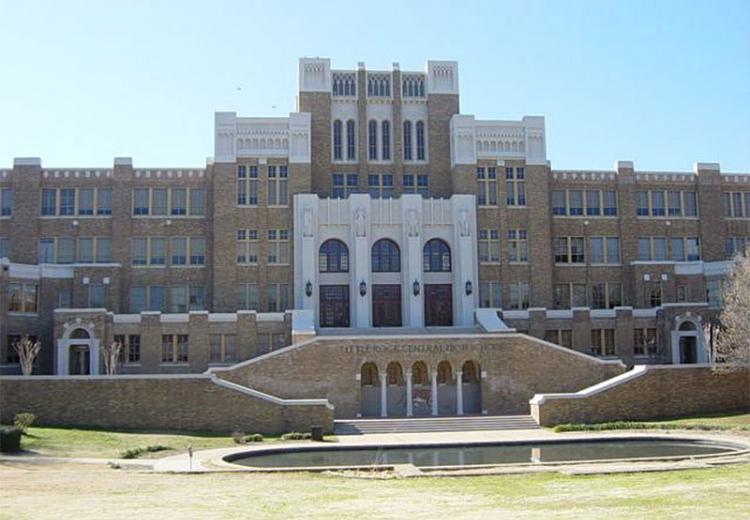Places and People of the Civil Rights Movement

Central High School in Little Rock, Arkansas.
"Let freedom ring … from every village and every hamlet."
-Martin Luther King, Jr.
Martin Luther King, Jr., framed the goals and strategies of the Civil Rights Movement for a national audience, and with his message of nonviolent protest, he inspired ordinary African Americans to demand equal rights as American citizens. This lesson will focus on the individual men and women who embraced King’s message and advanced the Civil Rights Movement on a local level. By researching these people and the now historic places where they brought about change, students will discover how the simple act of sitting at a lunch counter in North Carolina could be considered revolutionary, and how, combined with countless other acts of nonviolent protest across the nation, it could lead to major legislation in the area of civil rights for African Americans.
Guiding Questions
How did local movements support and differ from actions taken by national civil rights leaders and groups?
To what extent was and is your town, city, or state connected to the civil rights movement?
Learning Objectives
Analyze how protest at the local level contributed to the success of the Civil Rights Movement as a whole.
Evaluate the defining events of the Civil Rights Movement, the people who participated in them, and the historic places where these events occurred.
Evaluate how individuals adapted Martin Luther King Jr.’s message of nonviolent protest to their own communities and situations.
